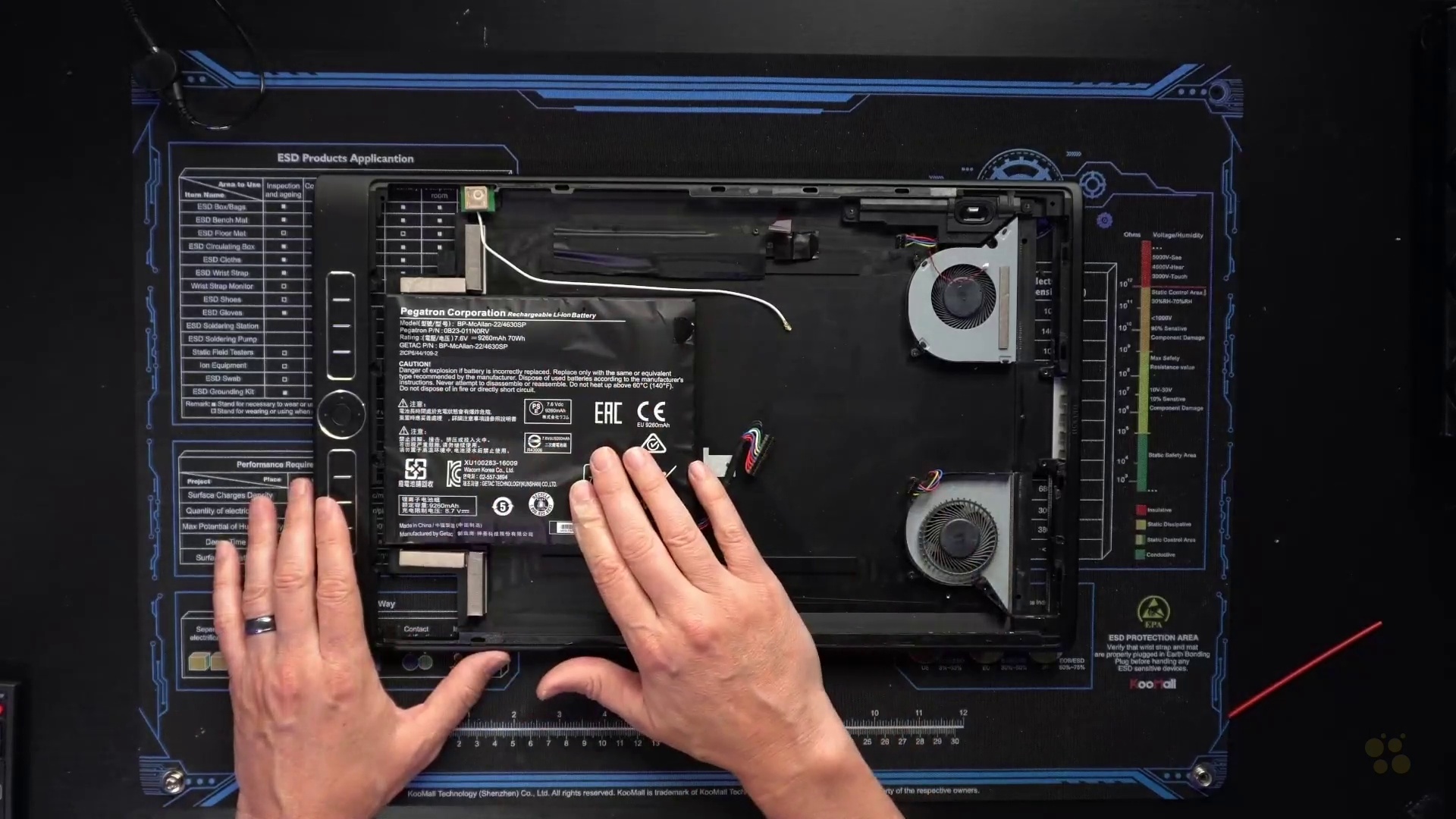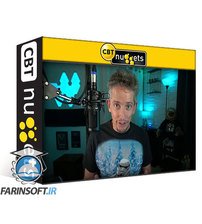در حال حاضر محصولی در سبد خرید شما وجود ندارد.

This entry-level CompTIA A+ (220-1101) training prepares learners to confidently navigate the physical components of systems, devices, and networks and perform simple tasks related to their operations.
If you're interested in a career working with computers, you need to prove you've mastered both hardware and software in individual computers and across whole networks. That's what the A+ certification from CompTIA is for.
در این روش نیاز به افزودن محصول به سبد خرید و تکمیل اطلاعات نیست و شما پس از وارد کردن ایمیل خود و طی کردن مراحل پرداخت لینک های دریافت محصولات را در ایمیل خود دریافت خواهید کرد.

Fortinet NSE 7 Enterprise Firewall Online Training

کورس کار با سوئیچ های Fortinet

بازرسی محتوا در فایروال های FortiGate

Fortinet NSE 7 Enterprise Firewall Online Training

کار با فایروال های FortiGate 2022

اصول طراحی امن برای محیط های Enterprise

CCIE Routing and Switching Online Training

Palo Alto Next-Generation Firewall Online Training

سیسکو OSPF : عیب یابی

کورس یادگیری کامل Fortinet NSE 5 : دوره کار با FortiManager
✨ تا ۷۰% تخفیف با شارژ کیف پول 🎁
مشاهده پلن ها